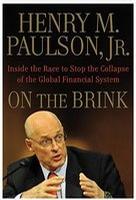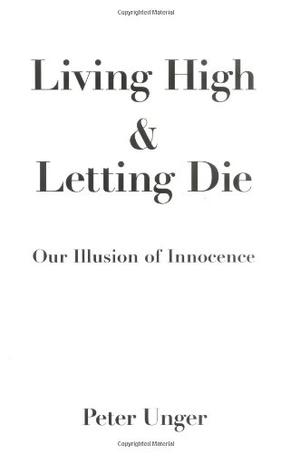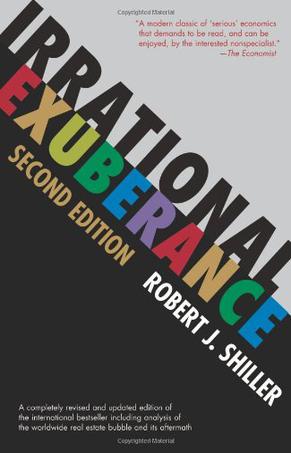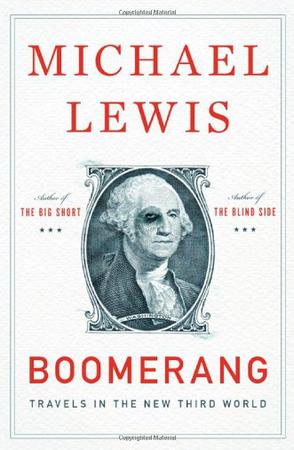-

How I Became a Quant
Praise for How I Became a Quant "Led by two top-notch quants, Richard R. Lindsey and Barry Schachter, How I Became a Quant details the quirky world of quantitative analysis through stories told by some of today's most successful quants. For anyone who might have thought otherwise, there are engaging personalities behind all that number crunching!" --Ira Kawaller, Kawaller & Co. and the Kawaller Fund "A fun and fascinating read. This book tells the story of how academics, physicists, mathematicians, and other scientists became professional investors managing billions." --David A. Krell, President and CEO, International Securities Exchange "How I Became a Quant should be must reading for all students with a quantitative aptitude. It provides fascinating examples of the dynamic career opportunities potentially open to anyone with the skills and passion for quantitative analysis." --Roy D. Henriksson, Chief Investment Officer, Advanced Portfolio Management "Quants"--those who design and implement mathematical models for the pricing of derivatives, assessment of risk, or prediction of market movements--are the backbone of today's investment industry. As the greater volatility of current financial markets has driven investors to seek shelter from increasing uncertainty, the quant revolution has given people the opportunity to avoid unwanted financial risk by literally trading it away, or more specifically, paying someone else to take on the unwanted risk. How I Became a Quant reveals the faces behind the quant revolution, offering you?the?chance to learn firsthand what it's like to be a?quant today. In this fascinating collection of Wall Street war stories, more than two dozen quants detail their roots, roles, and contributions, explaining what they do and how they do it, as well as outlining the sometimes unexpected paths they have followed from the halls of academia to the front lines of an investment revolution. -

On the Brink
When Hank Paulson, the former CEO of Goldman Sachs, was appointed in 2006 to become the nation's next Secretary of the Treasury, he knew that his move from Wall Street to Washington would be daunting and challenging. But Paulson had no idea that a year later, he would find himself at the very epicenter of the world's most cataclysmic financial crisis since the Great Depression. Major institutions including Bear Stearns, Fannie Mae, Freddie Mac, Lehman Brothers, AIG, Merrill Lynch, and Citigroup, among others-all steeped in rich, longstanding tradition-literally teetered at the edge of collapse. Panic ensnared international markets. Worst of all, the credit crisis spread to all parts of the U.S. economy and grew more ominous with each passing day, destroying jobs across America and undermining the financial security millions of families had spent their lifetimes building. This was truly a once-in-a-lifetime economic nightmare. Events no one had thought possible were happening in quick succession, and people all over the globe were terrified that the continuing downward spiral would bring unprecedented chaos. All eyes turned to the United States Treasury Secretary to avert the disaster. This, then, is Hank Paulson's first-person account. From the man who was in the very middle of this perfect economic storm, ON THE BRINK is Paulson's fast-paced retelling of the key decisions that had to be made with lightning speed. Paulson puts the reader in the room for all the intense moments as he addressed urgent market conditions, weighed critical decisions, and debated policy and economic considerations with of all the notable players-including the CEOs of top Wall Street firms as well as Ben Bernanke, Timothy Geithner, Sheila Bair, Nancy Pelosi, Barney Frank, presidential candidates Barack Obama and John McCain, and then-President George W. Bush. More than an account about numbers and credit risks gone bad, ON THE BRINK is an extraordinary story about people and politics-all brought together during the world's impending financial Armageddon. -

Living High and Letting Die
By contributing a few hundred dollars to a charity like UNICEF, a prosperous person can ensure that fewer poor children die, and that more will live reasonably long, worthwhile lives. Even when knowing this, however, most people send nothing, and almost all of the rest send little. What is the moral status of this behavior? To such common cases of letting die, our untutored response is that, while it is not very good, neither is the conduct wrong. What is the source of this lenient assessment? In this contentious new book, one of our leading philosophers argues that our intuitions about ethical cases are generated not by basic moral values, but by certain distracting psychological dispositions that all too often prevent us from reacting in accord with our commitments. Through a detailed look at how these tendencies operate, Unger shows that, on the good morality that we already accept, the fatally unhelpful behavior is monstrously wrong. By uncovering the eminently sensible ethics that we've already embraced fully, and by confronting us with empirical facts and with easily followed instructions for lessening serious suffering appropriately and effectively, Unger's book points the way to a compassionate new moral philosophy. -

Irrational Exuberance
This first edition of this book was a broad study, drawing on a wide range of published research and historical evidence, of the enormous stock market boom that started around 1982 and picked up incredible speed after 1995. Although it took as its specific starting point this ongoing boom, it placed it in the context of stock market booms generally, and it also made concrete suggestions regarding policy changes that should be initiated in response to this and other such booms. The book argued that the boom represents a speculative bubble, not grounded in sensible economic fundamentals. Part one of the book considered structural factors behind the boom. A list of twelve precipitating factors that appear to be its ultimate causes was given. Amplification mechanisms, naturally-occurring Ponzi processes, that enlarge the effects of these precipitating factors, were described. Part Two discussed cultural factors, the effects of the news media, and of "new era" economic thinking. Part Three discussed psychological factors, psychological anchors for the market and herd behavior. Part Four discussed attempts to rationalize exuberance: efficient markets theory and theories that investors are learning. Part Five presented policy options and actions that should be taken. The second edition, 2005, added an analysis of the real estate bubble as similar to the stock market bubble that preceded it, and warned that "Significant further rises in these markets could lead, eventually, to even more significant declines. The bad outcome could be that eventual declines would result in a substantial increase in the rate of personal bankruptcies, which could lead to a secondary string of bankruptcies of financial institutions as well. Another long-run consequence could be a decline in consumer and business confidence, and another, possibly worldwide, recession." Thus, the second edition of this book was among the first to warn of the global financial crisis that began with the subprime mortgage debacle in 2007 点击链接进入中文版: 非理性繁荣(第2版) -

Boomerang
The tsunami of cheap credit that rolled across the planet between 2002 and 2008 was more than a simple financial phenomenon: it was temptation, offering entire societies the chance to reveal aspects of their characters they could not normally afford to indulge. Icelanders wanted to stop fishing and become investment bankers. The Greeks wanted to turn their country into a pinata stuffed with cash and allow as many citizens as possible to take a whack at it. The Germans wanted to be even more German; the Irish wanted to stop being Irish. Michael Lewis's investigation of bubbles beyond our shores is so brilliantly, sadly hilarious that it leads the American reader to a comfortable complacency: oh, those foolish foreigners. But when he turns a merciless eye on California and Washington, DC, we see that the narrative is a trap baited with humor, and we understand the reckoning that awaits the greatest and greediest of debtor nations. -

Beyond Greed and Fear
Even the best Wall Street investors make mistakes. No matter how savvy or experienced, all financial practitioners eventually let bias, overconfidence, and emotion cloud their judgement and misguide their actions. Yet most financial decision-making models fail to factor in these fundamentals of human nature. In Beyond Greed and Fear, the most authoritative guide to what really influences the decision-making process, Hersh Shefrin uses the latest psychological research to help us understand the human behavior that guides stock selection, financial services, and corporate financial strategy. Shefrin argues that financial practitioners must acknowledge and understand behavioral finance--the application of psychology to financial behavior--in order to avoid many of the investment pitfalls caused by human error. Through colorful, often humorous real-world examples, Shefrin points out the common but costly mistakes that money managers, security analysts, financial planners, investment bankers, and corporate leaders make, so that readers gain valuable insights into their own financial decisions and those of their employees, asset managers, and advisors. According to Shefrin, the financial community ignores the psychology of investing at its own peril. Beyond Greed and Fear illuminates behavioral finance for today's investor. It will help practitioners to recognize--and avoid--bias and errors in their decisions, and to modify and improve their overall investment strategies.